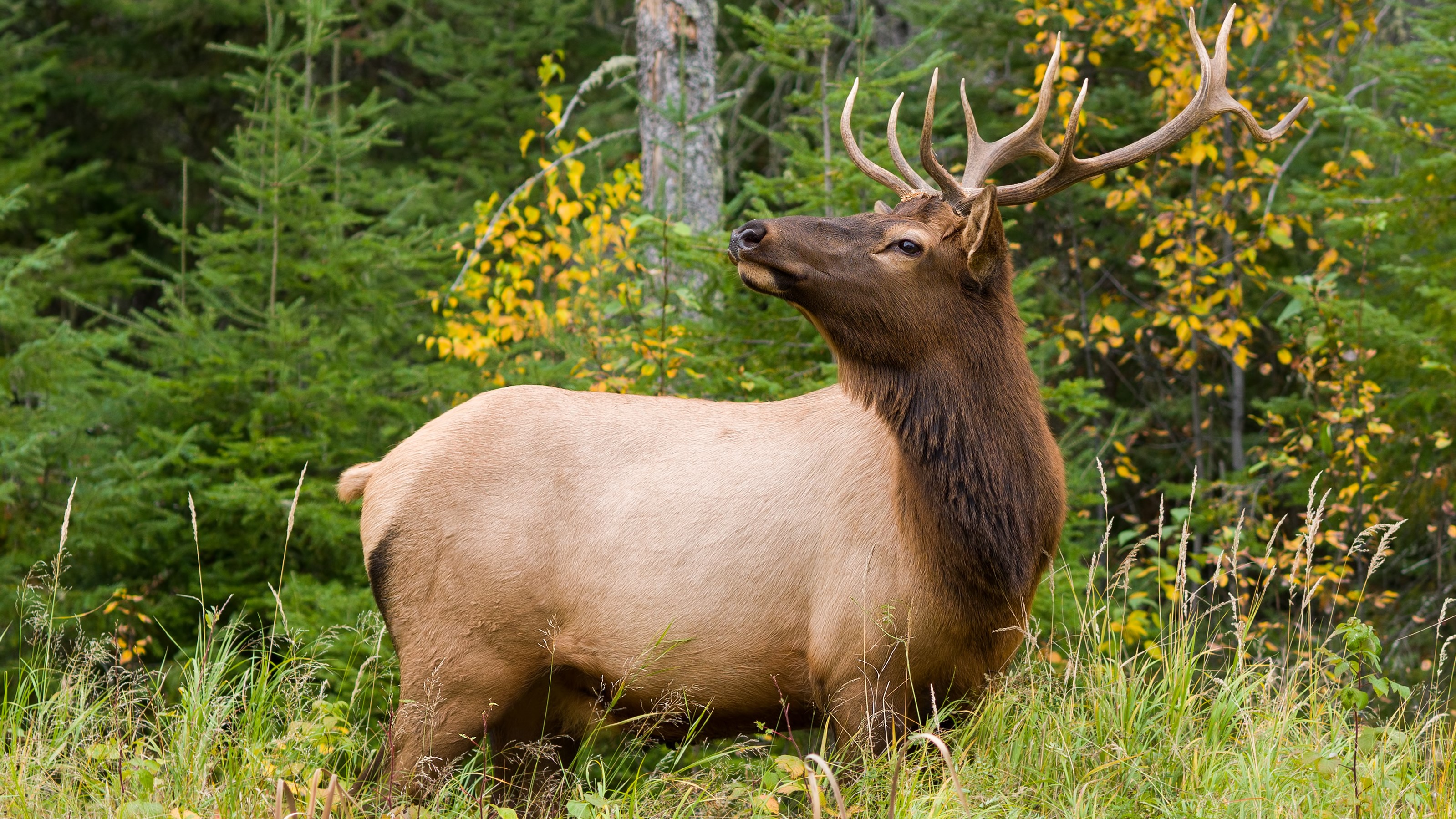
A hiker visiting Jasper National Park in Canada got a surprise lesson in wildlife safety after getting too close to one of the area's many wild elk. The man let curiosity get the better of him and approached a small herd grazing by a lodge to film them at close range.
Unfortunately the nearest animal wasn't appeased by his friendly greeting of "Hey buddy" and butted him, sending him sprawling on the ground. Luckily for him, the elk's lack of antlers mean the only thing injured was probably his dignity.
A video of the incident (which you can see below) was posted his week on Instagram account TouronsOfNationalParks, which calls out careless behavior at sites of natural beauty around the world. Past examples have included people holding a singalong on the rim of the Grand Canyon, poking moose, and trying to drive an RV through a narrow rock tunnel.
A post shared by @touronsofnationalparks
A photo posted by on
Elk attacks are rare, but they do happen. In 2018, two woman was seriously injured by a cow elk defending her calf at Yellowstone National Park, and in 2019 two people were injured after being charged by a bull elk at Estes Park, Colorado.
"Getting too close to elk is hazardous," Parks Canada warns people planning to visit Jasper. "Attacks have occurred at any time of the year. Females are most aggressive during the May/June calving season, and males are especially dangerous during the September/October rut.
"They may sometimes appear unconcerned by our presence, but all park animals are unpredictable and potentially dangerous."
Recognize the warning signs
During the calving season, Parks Canada advises looking out for female elk "staring directly at you with flattened ears and raised rump hair, along with curled lips and grinding teeth".
All the latest inspiration, tips and guides to help you plan your next Advnture!
Charging, kicking, circling, and following are also signs that you need to leave the area. Cows often leave their young hidden while they go to forage, so you may not see the calf that's being guarded.
Male elk look spectacular during the rutting season with their majestic antlers, but it's important to give them a wide berth too. "You are in danger if a bull elk appears agitated, has his antlers lowered towards you, and is pawing the ground or thrashing bushes," says Parks Canada.
If you're planning to visit a National Park later this year, take a look at our guide how to enjoy elk rutting season safely, which is full of helpful advice. Our list of wildlife photography tips from a pro may also come in handy.
- The best binoculars: enjoy wildlife-watching from a safe distance

Cat is the editor of Advnture, She’s been a journalist for 15 years, and was fitness and wellbeing editor on TechRadar before joining the Advnture team in 2022. She’s a UK Athletics qualified run leader, and in her spare time enjoys nothing more than lacing up her shoes and hitting the roads and trails (the muddier, the better), usually wearing at least two sports watches.
